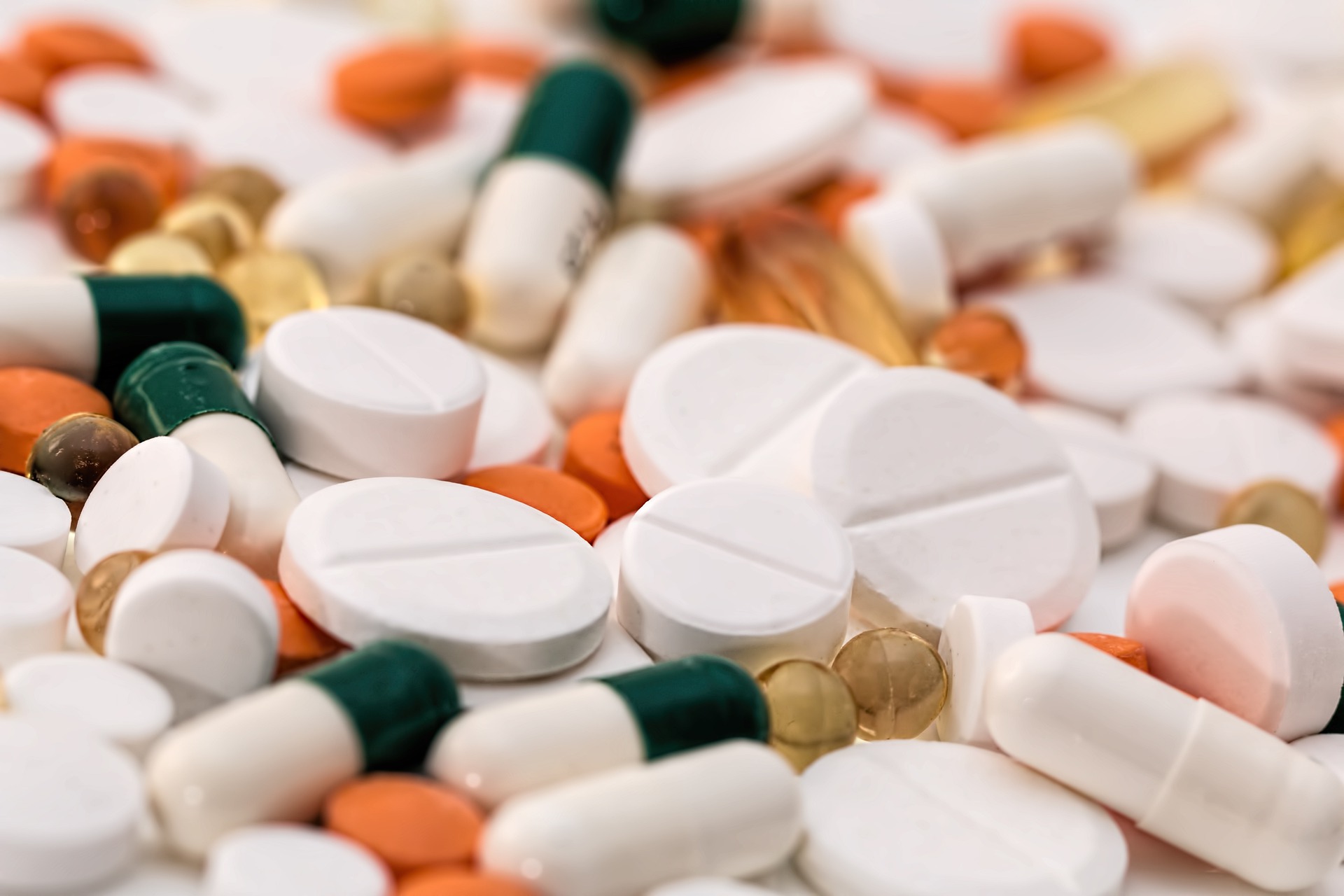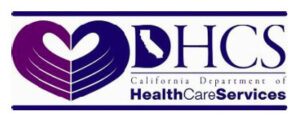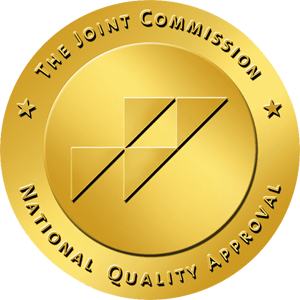The opioid crisis continues to impact millions of people worldwide, particularly in the United States, where opioid overdoses claim thousands of lives each year. Many wonder how prescription medications, intended to relieve pain, can become so dangerously addictive. This article explores the science behind opioids addiction, how these drugs affect the brain, and why they pose such a high risk of dependence.
What are Opioids?
Opioids are a class of drugs derived from the opium poppy plant or synthesized in laboratories. They are primarily prescribed for pain relief and are highly effective in treating moderate to severe pain. However, their powerful effects also make them highly addictive.
Common Prescription Opioids
According to the National Institute on Drug Abuse (NIDA), the most frequently prescribed opioids include:
- Hydrocodone (Vicodin)
- Oxycodone (OxyContin, Percocet)
- Oxymorphone (Opana)
- Morphine (Kadian, Avinza)
- Codeine
- Fentanyl (a synthetic opioid significantly stronger than morphine)
The most well-known illicit opioid is heroin, which many individuals turn to when prescription opioids become unavailable.
How do Opioids affect the Brain?
Opioids interact with opioid receptors in the brain and central nervous system. These receptors regulate pain, pleasure, and reward pathways. When opioids bind to these receptors, they block pain signals and release high levels of dopamine, creating a sense of euphoria and well-being.
Over time, the brain adapts to the presence of opioids by reducing natural dopamine production. This leads to tolerance, requiring higher doses to achieve the same effects. Eventually, the body depends on opioids to function normally, leading to withdrawal symptoms when the drug is not available.
What makes Opioids so Addictive?
Opioids are highly addictive due to their profound effects on the brain. Here are key reasons why they pose such a high risk:
- Rapid Euphoria and Pleasure: Opioids flood the brain with dopamine, reinforcing drug use and making users crave the drug repeatedly.
- Increased Tolerance: As tolerance builds, users need more of the drug to experience the same relief or high, increasing the risk of overdose.
- Severe Withdrawal Symptoms: When opioid use is stopped, withdrawal symptoms can be extremely uncomfortable, including: intense cravings, nausea and vomiting, sweating and chills, insomnia, muscle pain, anxiety and depression. To avoid these symptoms, many individuals continue using opioids, leading to long-term dependence.
- Psychological Dependence: Many users rely on opioids not only for pain relief but also to cope with stress, anxiety, or emotional distress. This psychological reliance reinforces the addiction cycle.
How are Opioids taken?
Prescription opioids typically come in tablet form and are intended for short-term use. However, those misusing it may use them in different ways to enhance their effects:
- Crushing pills to snort or inject
- Dissolving in water for injection
- Snorting powder for faster absorption
- Using fentanyl patches improperly
These methods increase the risk of addiction and overdose.
How are Opioids acquired Illegally?
While opioids are legally prescribed for pain management, those addicted to it often obtain them through:
- Doctor shopping (visiting multiple doctors for prescriptions)
- Forged prescriptions
- Purchasing from illegal pharmacies or dealers
- Online black markets
- Switching to heroin, a cheaper alternative when prescriptions are unavailable
The Dangers of Opioid Addiction
Opioid addiction comes with severe consequences, including:
- Overdose Risk: One of the deadliest risks of opioid addiction is overdose. When tolerance decreases (such as after attempting to quit), resuming prior dosages can overwhelm the body, leading to fatal respiratory failure.
- Transition to Stronger Drugs: Many prescription opioid users turn to heroin, which is often laced with fentanyl, an extremely potent synthetic opioid. Even a tiny amount can cause a fatal overdose.
- Social and Financial Consequences: Opioid addiction often leads to: Job loss, Financial struggles, Strained relationships, and Legal issues.
Signs of Opioid Addiction
If you suspect a loved one may be struggling with opioid addiction, look for the following warning signs:
- Frequent drowsiness or sedation
- Unexplained weight loss
- Secrecy or dishonesty about drug use
- Neglecting responsibilities (work, family, or school)
- Mood swings and erratic behavior
- Withdrawal symptoms when not using
Treatment for Opioid Addiction
Recovery from opioid addiction is possible with the right treatment and support. Medical professionals recommend a combination of medication-assisted treatment (MAT) and behavioral therapy.
1. Medication-Assisted Treatment (MAT)
MAT uses FDA-approved medications to reduce cravings and withdrawal symptoms, making it easier to quit opioids safely.
- Methadone: Reduces withdrawal symptoms and cravings.
- Buprenorphine (Suboxone): Helps reduce dependence while preventing withdrawal.
- Naltrexone: Blocks opioid receptors, preventing the euphoric effects of opioids.
2. Behavioral Therapy
Therapy plays a crucial role in overcoming opioid addiction. Popular methods include:
- Cognitive-Behavioral Therapy (CBT): Helps identify triggers and develop coping mechanisms.
- Group Therapy: Provides peer support and encouragement.
- Family Therapy: Helps rebuild trust and communication.
3. Sober Living Homes
Sober living homes provide a drug-free space for individuals recovering from addiction, reducing the risk of relapse.
Preventing Opioid Addiction
While opioids serve an important role in pain management, responsible use is critical to preventing addiction.
Steps to Reduce Risk:
- Follow prescription guidelines strictly.
- Never take more than the prescribed dose.
- Avoid using someone else’s prescription.
- Discuss alternative pain management options with your doctor.
- Properly dispose of unused opioids to prevent misuse.
Opioids are powerful pain relievers but come with a high risk of addiction and overdose. Understanding how opioids affect the brain, their addictive nature, and the dangers of misuse is crucial in addressing the ongoing opioid crisis. If you or a loved one is struggling with opioid addiction, seeking professional help is the first step toward recovery.
If you need assistance, contact Surf City Recovery, an addiction treatment center in Orange County to explore the best recovery options available.






